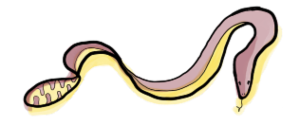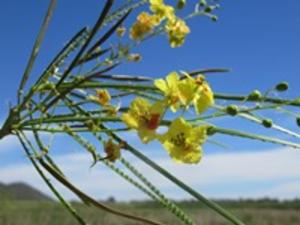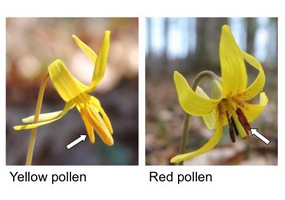Search for pale yellow with orange returned 116 results.
-
Biodiversity Science project: Orange-bellied Parrot Recovery
The Orange-bellied Parrot is a small 'grass parrot' and as its name suggests, has an orange patch on its belly. They migrate between the Australian mainland and Tasmania, spending summer breeding in Tasmania and winter in coastal Victoria and South Australia. Orange-bellied Parrots nest in hollows of eucalypt trees near button grass plains in south-west Tasmania. Sadly, the OBP is one of Australia's most threatened species, with less than 50 parrots thought to exist in the wild today...

-
Biodiversity Science project: The Yellow-bellied Glider Project
Conducting regular surveys to locate gliders and map their travel routes, feed trees and den trees. Landholder and community awareness.

-
Biodiversity Science project: Searching for the yellow-bellied sea snake
We aim to expand our knowledge on the current distribution of sea snakes on Australia's coasts, particularly for one species, Hydrophis platurus, the yellow-bellied sea snake. Although sea snakes are protected species in Australia, the IUCN Sea Snake Specialist group has identified that 34% of all sea snake species are 'data deficient', which makes it difficult to implement effective conservation management...

-
Biodiversity Science project: Darling Range Branch Nats visit Twin Creeks
To find, accurately identify, photograph and collate a list of all the flora and fauna sighted on a trip to Twin Creeks Reserve in the Porongurups 22nd - 24th September 2017. Run in association with the Friends of the Porongurups.

-
Biodiversity Science project: Little Liverpool Range Wildlife Project
Information gained from this project will be used by local councils and environmental organisations to target pest management and threatened species recovery projects in the Little Liverpool region.

-
Biodiversity Science project: Rainforest Plant Identification in the Main Range
The Identification of plants carried out by novices using the Rainforest Plants of Australia Key software (Rockhampton to Victoria) developed by Gwen Harden, Hugh Nicholson, Bill McDonald, Nan Nicholson, Terry Tame and John Williams.
-
Biodiversity Science project: Spot A Ladybug
Did you ever wonder how ladybugs got their spots? I am working with a extremely interesting type of ladybug called the Harlequin ladybug, or Harmonia axyridis. This ladybug can vary in the way they look with respect to both color (they can be red, orange, yellow, and black) and spot number (they can have anywhere from zero spots to twenty-two spots)...

-
Biodiversity Science project: Mosquito Alert
Mosquito Alert is a cooperative citizen science observatory coordinated by different public research institutions. Its main objective is to fight against the tiger mosquito and the yellow fever mosquito expansions, two invasive species vectors of global diseases like Zika, Dengue and Chikungunya. With the Mosquito Alert app anyone can report a possible finding of tiger mosquito or yellow fever mosquito and their breeding places on the public road by sending a photo...

-
Biodiversity Science project: Parkinsonia biocontrol
Parkinsonia aculeata Parkinsonia Tree shape - shrub or small tree up to 10 metres high, usually 2-8 metres: Flowers - fragrant, five-petalled, predominantly yellow with orange spots on one petal which can turn completely orange. Each flower grows on a long, slender, drooping stalk: Pods/Seeds - straight, straw-coloured pods, 5−10 cm long, no hairs, constricted between the seeds. Seeds are oval and hard: Leaves - long, flattened leaf stalk with tiny oblong leaflets spaced along each side...

-
Biodiversity Science project: The Trout Lily Project
American trout lily (Erythronium americanum) exhibits striking variation in anther color, from deep brick red to bright lemon yellow. By submitting your observations to this project, you can help us learn why and how anther color varies, and improve our understanding of this charismatic member of the Eastern North America spring forest. Please start by visiting troutlilysurvey.wordpress.com to learn more.
